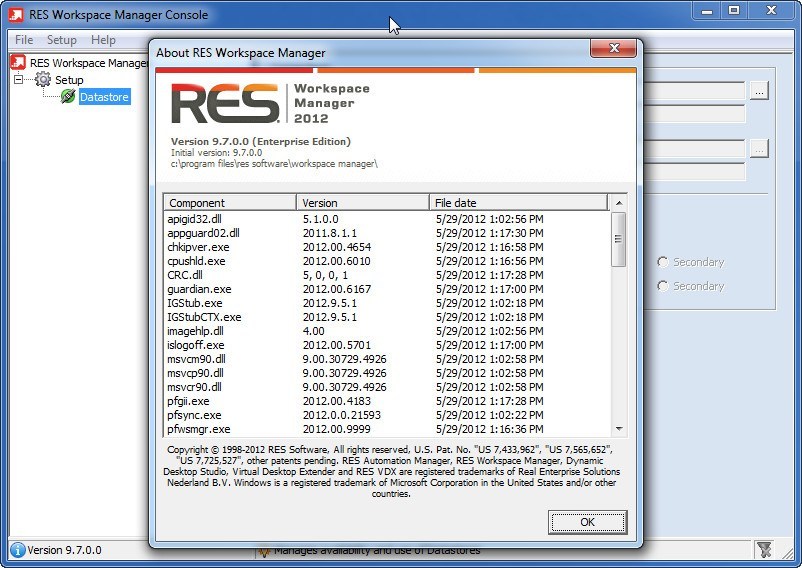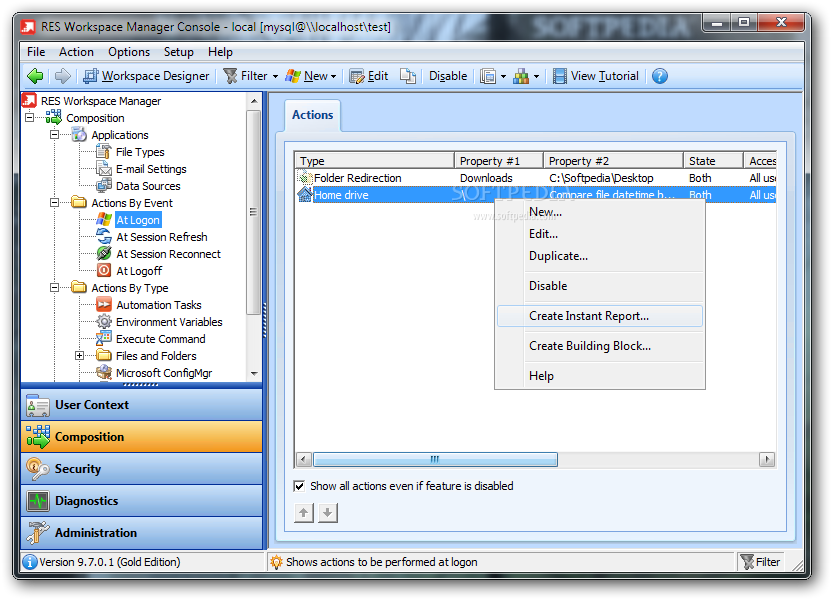
SQL Aggregation Management uses an existing relational materialized view to derive all the information needed to generate a cube materialized view. Requirements for the Relational Materialized View These subprograms are included in SQL Aggregation Management: Subprograms in SQL Aggregation Management See Also: Oracle OLAP User's Guide for more information about cube materialized views and enhanced OLAP analytics. The DBMS_CUBE subprograms also support life-cycle management of cube materialized views. A CB$ prefix identifies a cube materialized view. A cube can also support a wide range of analytic functions that enhance the database with information-rich content.Ĭube materialized views are registered in the data dictionary along with all other materialized views. The cube stores the data for a cube materialized view instead of the table that stores the data for a relational materialized view. In the process of creating the cube materialized views, DBMS_CUBE also creates a fully functional analytic workspace including a cube and the cube dimensions. Applications experience excellent querying performance. The summary data is generated and stored in a cube, and query rewrite automatically redirects queries to the cube materialized views.
Analytic workspace manager 10g update#
A single cube materialized view can replace many of the relational materialized views of summaries on a fact table, providing uniform response time to all summary data.Ĭube materialized views bring the fast update and fast query capabilities of the OLAP option to applications that query summaries of detail relational tables. Cube materialized views are cubes that have been enhanced to use the automatic refresh and query rewrite features of Oracle Database. SQL Aggregation Management is a group of PL/SQL subprograms in DBMS_CUBE that supports the rapid deployment of cube materialized views from existing relational materialized views. If the source tables are in a different schema, then the owner of the dimensional objects needs SELECT object privileges on those tables. To create cube materialized views in different schemas:

To create cube materialized views in the user's own schema: To create dimensional objects in different schemas: To create dimensional objects in the user's own schema: The following roles and system privileges are required to use this package:

The BUILD procedure loads data into the cubes and dimensions from their data sources and performs whatever processing steps are needed to prepare the data for querying. The IMPORT_XML procedure creates an analytic workspace with its cubes and cube dimensions from an XML template. Several other DBMS_CUBE subprograms provide a SQL alternative to Analytic Workspace Manager for creating an analytic workspace from an XML template and for refreshing the data stored in cubes and dimensions. Using a graphical tool named Analytic Workspace Manager, you can enhance the cube with analytic content or create the metadata for new cubes and cube dimensions from scratch. The metadata for cubes and dimensions is defined in XML documents, called templates, which you can derive from relational materialized views using the CREATE_CUBE or DERIVE_FROM_MVIEW functions. These subprograms are discussed in "Using SQL Aggregation Management". Several DBMS_CUBE subprograms support the creation and maintenance of cube materialized views as a replacement for relational materialized views. Multidimensional objects and analytics are available with the OLAP option to Oracle Database.Ĭubes can be enabled as cube materialized views for automatic refresh of the cubes and dimensions, and for query rewrite. They are stored in a container called an analytic workspace. Cubes and cube dimensions are first class data objects that support multidimensional analytics.



 0 kommentar(er)
0 kommentar(er)
